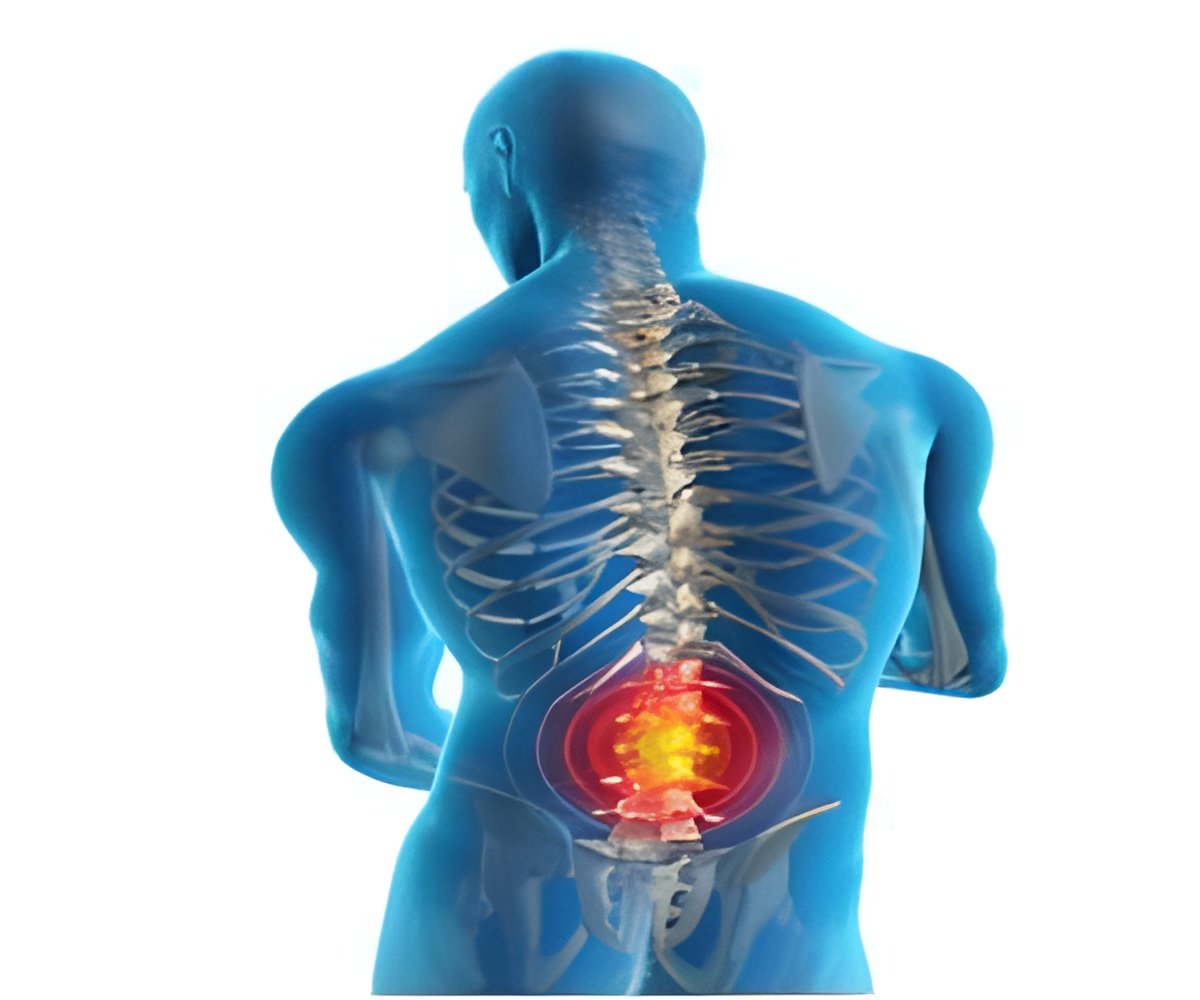
Patients are frequently prescribed analgesics after ambulatory or short-stay surgery in anticipation of postoperative pain and the most common analgesics prescribed to outpatients are opioids (such as codeine and oxycodone) and nonsteroidal anti-inflammatory drugs (NSAIDS). While opioids can be beneficial, they are associated with such adverse effects as sedation, constipation and respiratory depression, and their long-term use can lead to physiologic tolerance and addiction, the authors write in their study background.
Asim Alam, M.D., of the University of Toronto, Canada, and colleagues evaluated whether prescribing analgesics to elderly patients after short-stay surgery was associated with long-term analgesic use. The authors suggest elderly patients are at risk of adverse reactions to pain medicines in this group.
Researchers used population-based administrative data in Ontario, Canada, from April 1997 through December 2008 to identify patients 66 years and older who were dispensed an opioid within seven days of short-stay surgery for cataracts, laparoscopic cholecystectomy (gallbladder removal), transurethral resection of the prostate (prostate tissue removal) or varicose vein stripping.
During the study period, 391,139 patients met the criteria and 27,636 (7.1 percent) of patients were newly prescribed an opioid within seven days of being discharged from the hospital following short-stay surgery and 30,145 patients (7.7 percent) were prescribed opioids at one year from surgery, the results indicate. A total of 2,857 (10.3 percent) of these patients were identified as long-term opioid users one year after surgery.
"After multivariate adjustment, patients receiving an opioid prescription within seven days of surgery were approximately 44 percent more likely than those who received no prescription to become long-term opioid users," the researchers note.
Advertisement
A secondary analyses by researchers indicates that patients receiving an early NSAID prescription were 3.7 times more likely to become long-term NSAID users compared with those who did not receive an NSAID prescription within seven days of surgery.
Advertisement
Commentary: Sex Differences Examined in Long-Term Opioid Use
In a commentary, Beth D. Darnall, Ph.D., and Brett R. Stacey, M.D., of Oregon Health & Science University, Portland, write: "Epidemiological studies of pharmacy claims in the United States show that opioids are more likely to be prescribed to women than men and that women are more likely to be taking higher doses of opioids."
"Before initiating opioid treatment for chronic pain, in women or men, prescribers should fully assess the individual risks and benefits of the therapy and have a thorough discussion of the goals, risks and consequences of such therapy with each patient," they conclude.
Commentary: Examination of Long-Term Opioid Therapy
In a second commentary, Mark D. Sullivan, M.D., Ph.D., and Jane C. Ballantyne, M.D., F.R.C.A, of the University of Washington School of Medicine, Seattle, write: "The collective clinical experience from 20 years of liberal opioid prescribing for chronic pain, together with the findings of recent population-based studies, suggests that LtOT (long-term opioid therapy) may benefit patients with severe suffering that has been refractory to other medical and psychological treatments but that is not often effective in achieving the goals originally envisaged, such as complete pain relief and functional restoration."
"This reframing of LtOT is a more honest appraisal of how it is actually used in practice. It would allow better patient selection and help to avoid the disastrous effects of promising more of opioids than they can achieve," the authors conclude.
Source-Eurekalert












